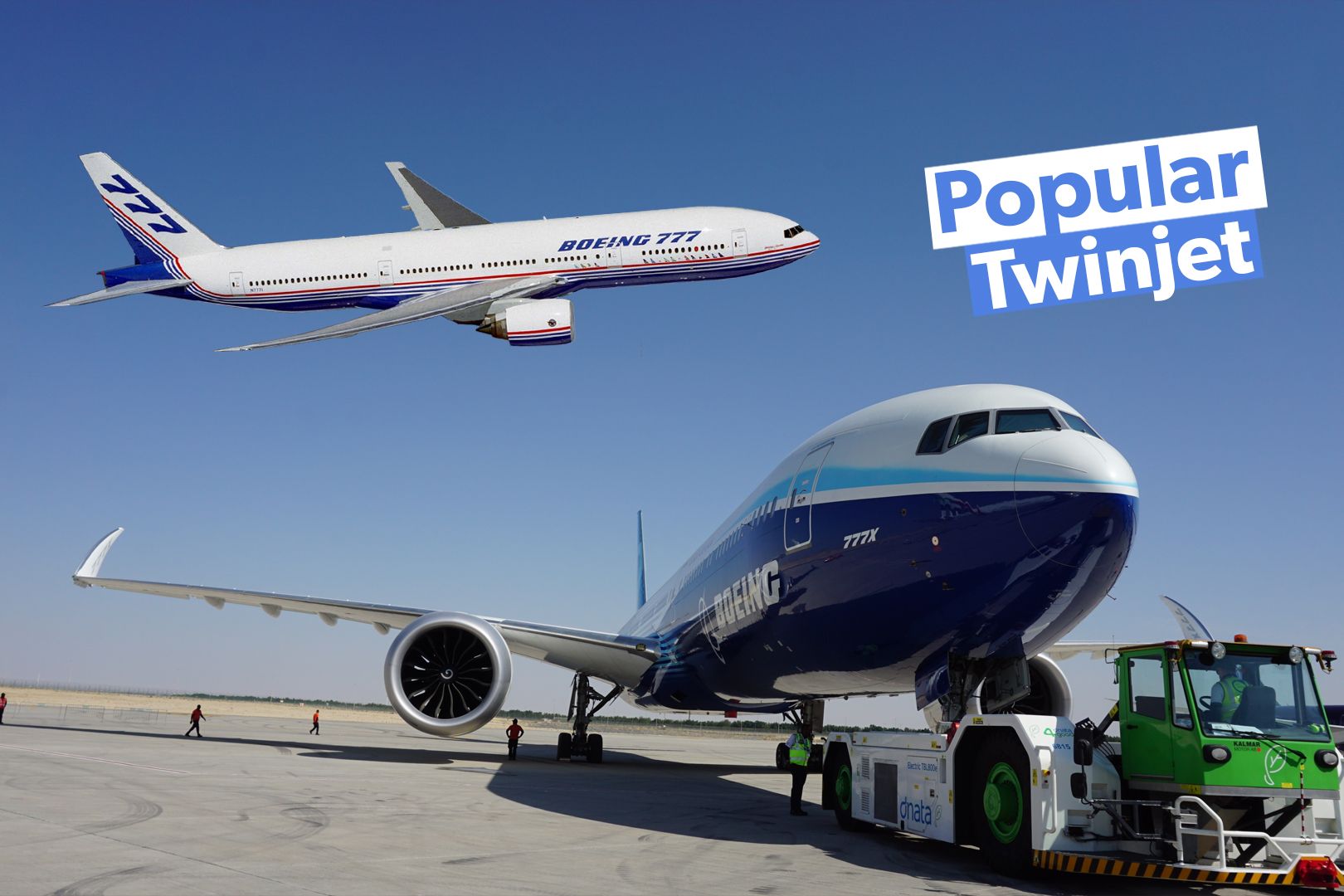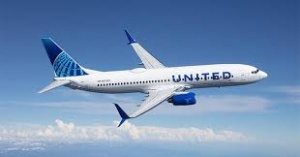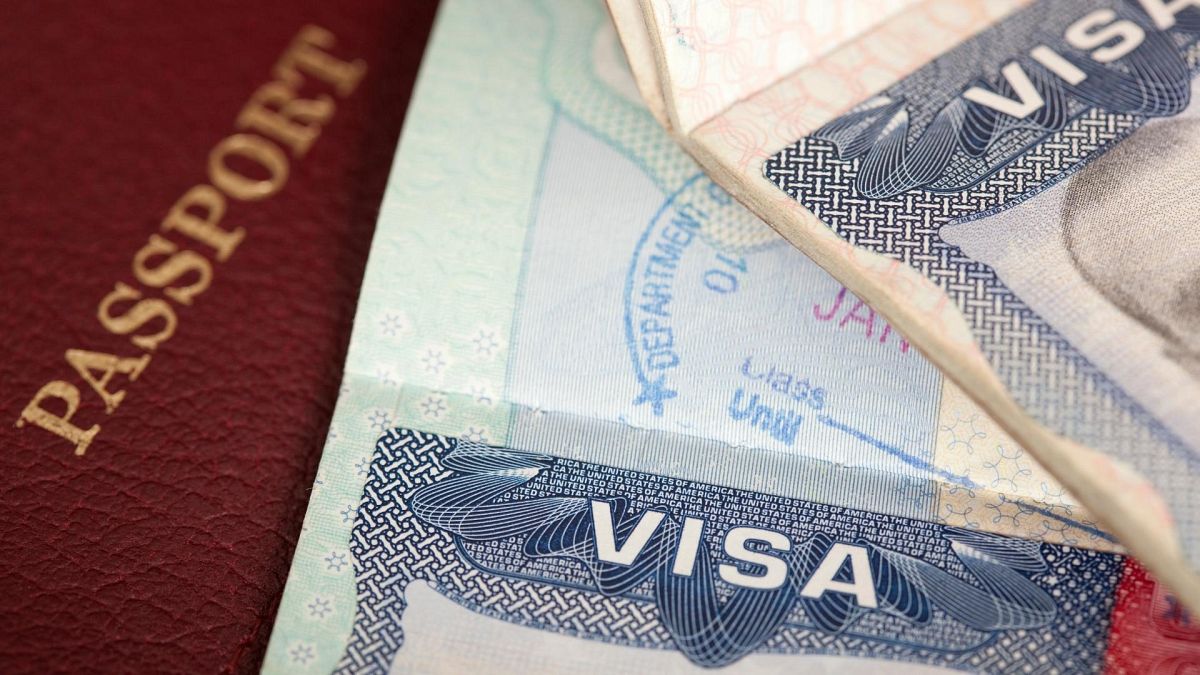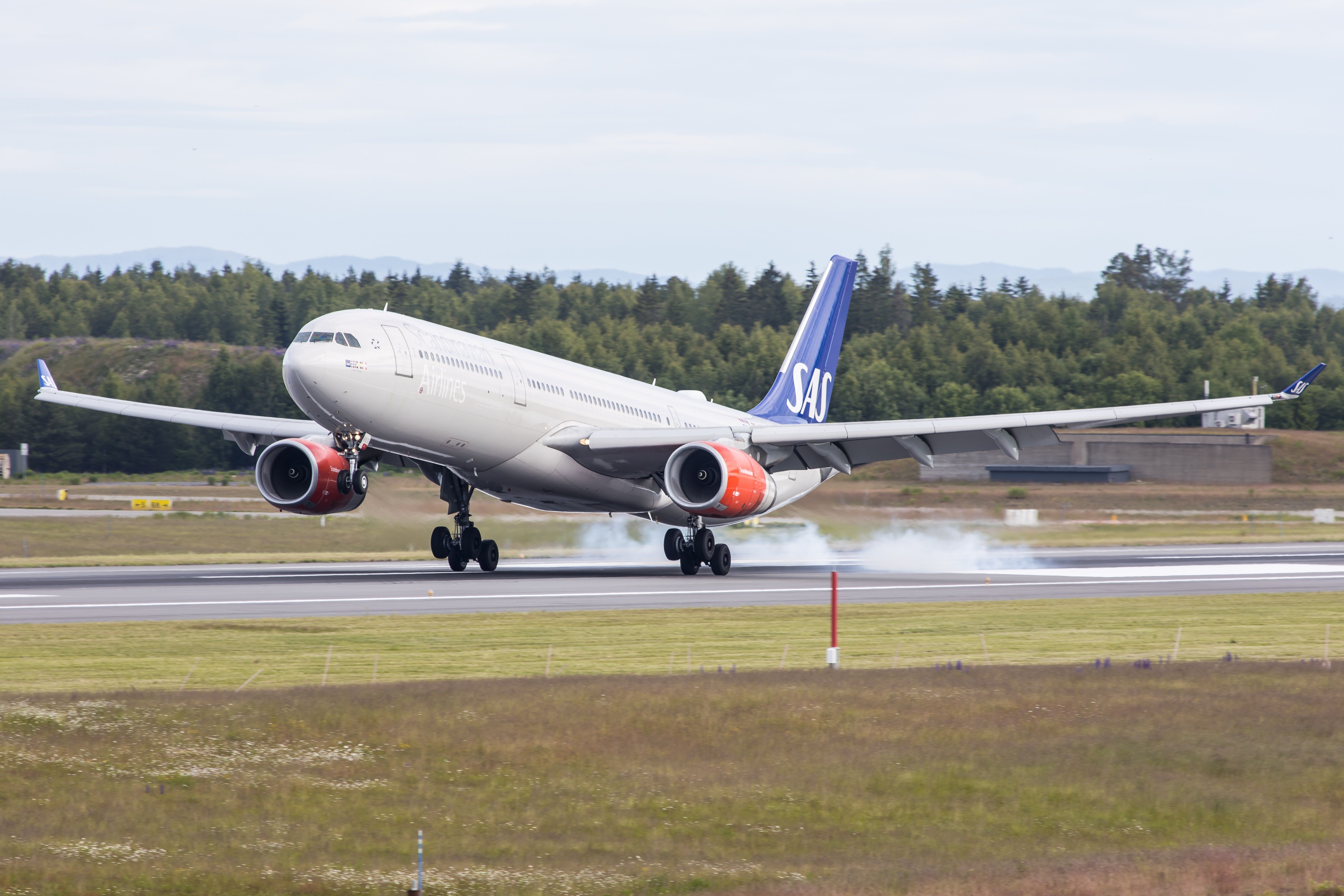When the Boeing 777 first entered service in 1995, the Boeing 747 Jumbo Jet was Boeing's flagship product . However, the Boeing 747 is now out of production , leaving the 777 as Boeing's flagship product. Today, the Boeing 777 is one of the world's most popular large wide-body long-haul jets with Boeing's new Boeing 777X (currently in development) preparing to continue its remarkable story.
This is the story of the Boeing 777 so far. Launching a new aircraft The Boeing 777 came about as a new aircraft to fill the gap between the Boeing 767 and the Boeing 747 . By the 1980s, Boeing had developed a solid lineup of aircraft.
The Boeing 737 had become the dominant short-haul aircraft, and it offered a range of longer-range aircraft - the 757, 767, and the 747. The 747 was the top choice for long-haul routes, with twin-engine aircraft previously limited in operation. This changed with the introduction of ETOPS rules, with twinjets able to operate further from a diversion airport.
Restrictions were changed in 1985, and the first ETOPS 120 (allowing routes up to 120 minutes from a diversion airport) flight was with a TWA Boeing 767 from Boston to Paris. This opened up transatlantic routes to the 767 (and even the 757). Improving the 767 The 767 worked well for lower capacity routes (and allowed new routes to be launched).
But there was a gap in the market now for a twin-engine aircraft with higher capacity. Airbus took advantage of this with its joint A330 and A340 project. The A330.


















